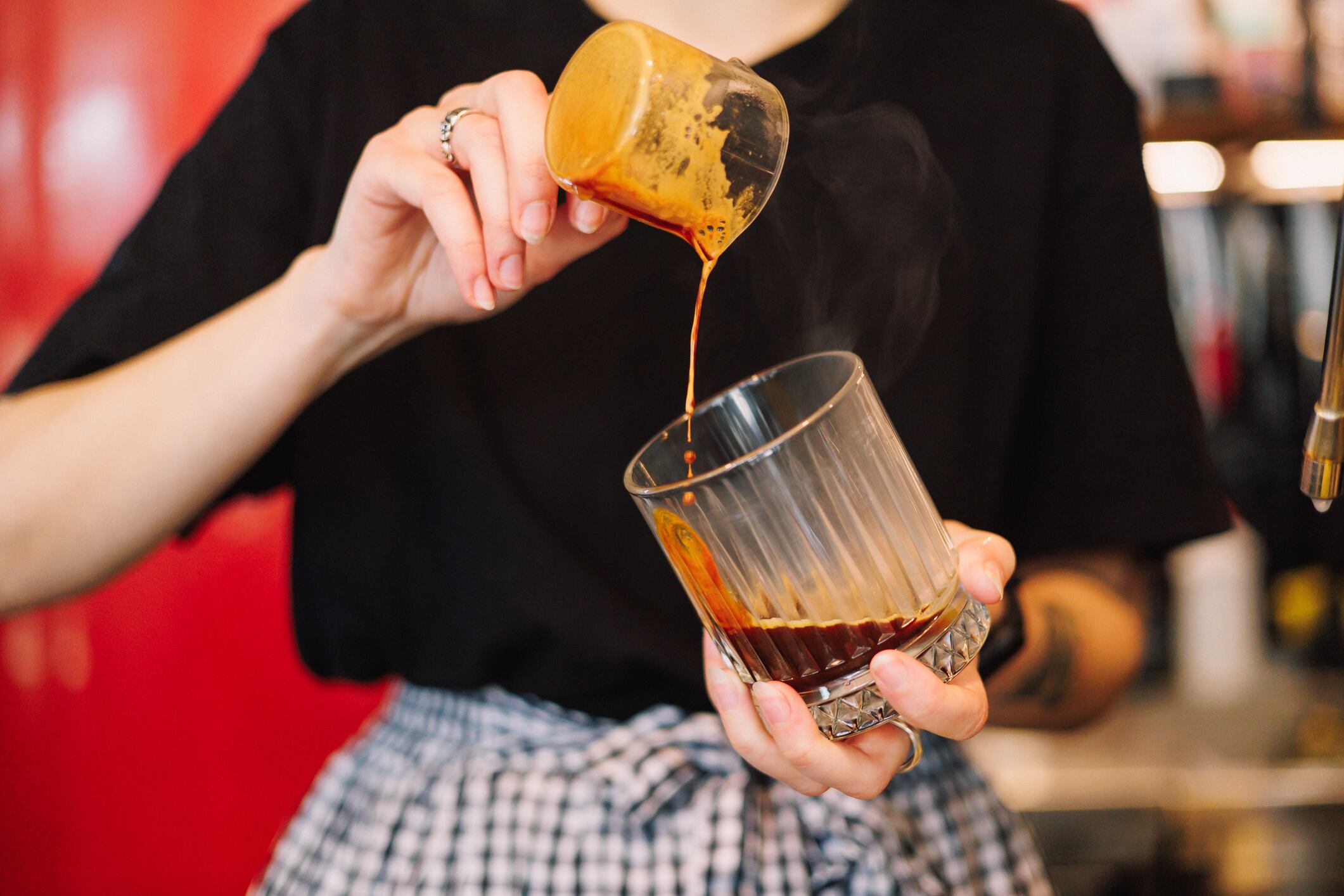Startups and emerging brands are exploring how cutting-edge technologies and innovative ingredient blends could address the “massive supply demand imbalance” that threatens the coffee industry as climate change and other challenges threaten production even as more consumers turn to the beverage for its functional benefits.
“Coffee is in an existential crisis” that “exploded” in the past year and will dramatically increase over the next five years, Rest Founder and CEO David Cerami warned at Future Food-Tech in Chicago earlier this month.
He explained that new consumer segments, such as from China, increasingly are reaching for coffee, which currently is consumed “3 billion times a day – every day – and set to double in the next 25 years.” But, he adds, unless the industry adopts new production methods and alternative solutions, it will not be able to keep up with demand given the negative impact of rising temperatures and decreasing rainfall in coffee-growing regions, which are compounded by a “massive concentration of production in two countries – Brazil and Vietnam – which together represent nearly 60% of the overall supply.”
Even the most conservative assumptions of how demand will increase and how production capacity in existing locations will decrease, “there is going to be a gap,” agreed Maricel Saenz, founder and CEO of the food-tech startup Compound Foods.
This imbalance is driving up prices, with consumers already paying upwards of $7 for a cup of coffee at mainstream cafes, which is unsustainable for many shoppers – especially those who drink multiple cups of coffee a day – and still does not offer a living wage to many producers, added Daniel Yang, co-founder of Barley Brew.
To help lower the price of coffee and increase availability, each of these startups are offering different solutions to increase coffee production or extend the existing supply without sacrificing flavor or quality.
New production approaches
Rest and Compound Foods are tackling the looming coffee crisis by producing bean-less alternatives.
Rest relies on a combination of biomass fermentation and roasting to recreate coffee without the beans.
“For coffee, the main problem right now is price and availability, and so for us that lens really frames the way in which we develop the tech,” Cerami said.
“We can’t use a very expensive or complex process, like precision fermentation, which would, in our view, stand in the way of really addressing the main problem of price and availability,” he explained.
Biomass fermentation, on the other hand, “has much higher throughput and lower CapEx requirements, and that really drove a lot of thinking around how we developed our tech,” he added.
Rest also roasts its bean-less coffee to “unlock the flavor for coffee that is critical for consumers and for businesses,” he added.
Compound Foods also uses fermentation and roasting to produce its bean-less coffee, but what sets it apart is its ingredient database that replicates coffee – as well as cocoa and chocolate – at a molecular level, according to Saenz.
“We’ve built a platform where it starts with a database of ingredients. We’ve mapped out molecular compositions. We’ve mapped out sensory profiles and impact. From there, we create formulations and then we have a toolbox” to enhance the flavor profile, she explained.
This toolbox includes roasting, like Rest, but also fermentation for flavor modulation, which Saenz said allows the company to develop “those new and acidic, high quality coffee notes,” which are then rounded out with extraction to create specific flavor profiles.
Barley Brew also roasts but skips the fermentation to make its coffee alternative, instead favoring a blend of ingredients to recreate coffee – but with fewer beans.
He explained that through extensive trial and error – which in one case resulted in the company “burning down a room” – Barley Brew perfected its combination or roasting techniques and types of barley to recreate the taste and aroma of coffee, which it now offers in multiple formats, including drip and in combination with traditional espresso for a jolt of caffeine and coffee-like experience that requires far fewer beans.
Winning over consumers requires more than a sustainable story
While each company claims their beverages taste the same – if not better – than traditional coffee, they all struggled initially to win over consumers, most of whom want what they know and are weary of change, according to the founders.
“Consumers are not actively looking for an alternative to coffee. They love their coffee as is,” even if alternative production methods offer a more sustainable and less expensive option that tastes the same, said Saenz.
However, she added, the one entry point she found to reach consumers is on functional benefit.
“The only thing they are really looking for is about how coffee makes them feel. It is about how the caffeine gives them jitters or how caffeine gives them anxiety,” she said. “So, one of the few things that bean-free coffee can do better than traditional coffee is modulate those levels of caffeine. And that is where we have seen a really interesting entry point with consumers.”
She added that she “learned the hard way” that “consumers don’t really care about sustainability. That is not a reason to purchase a product,” and therefore not a powerful marketing point.
Cerami added that if coffee alternatives want to succeed they also need to be in the same format that consumers already know and use for traditional coffee.
“Not to be crude or crass, but consumers are lazy. They want what they have experienced or had before. And so, to develop a product for a niche format, such as a concentrate or something that is not typically used, will give consumers yet another reason to pull away and choose what they already know,” he explained.
One option to drive initial trial is to offer blended products that combine bean-less and conventionally produced coffee, he said. As consumers become more familiar, he said he expects it will be easier to transition them to fully bean-less options.


